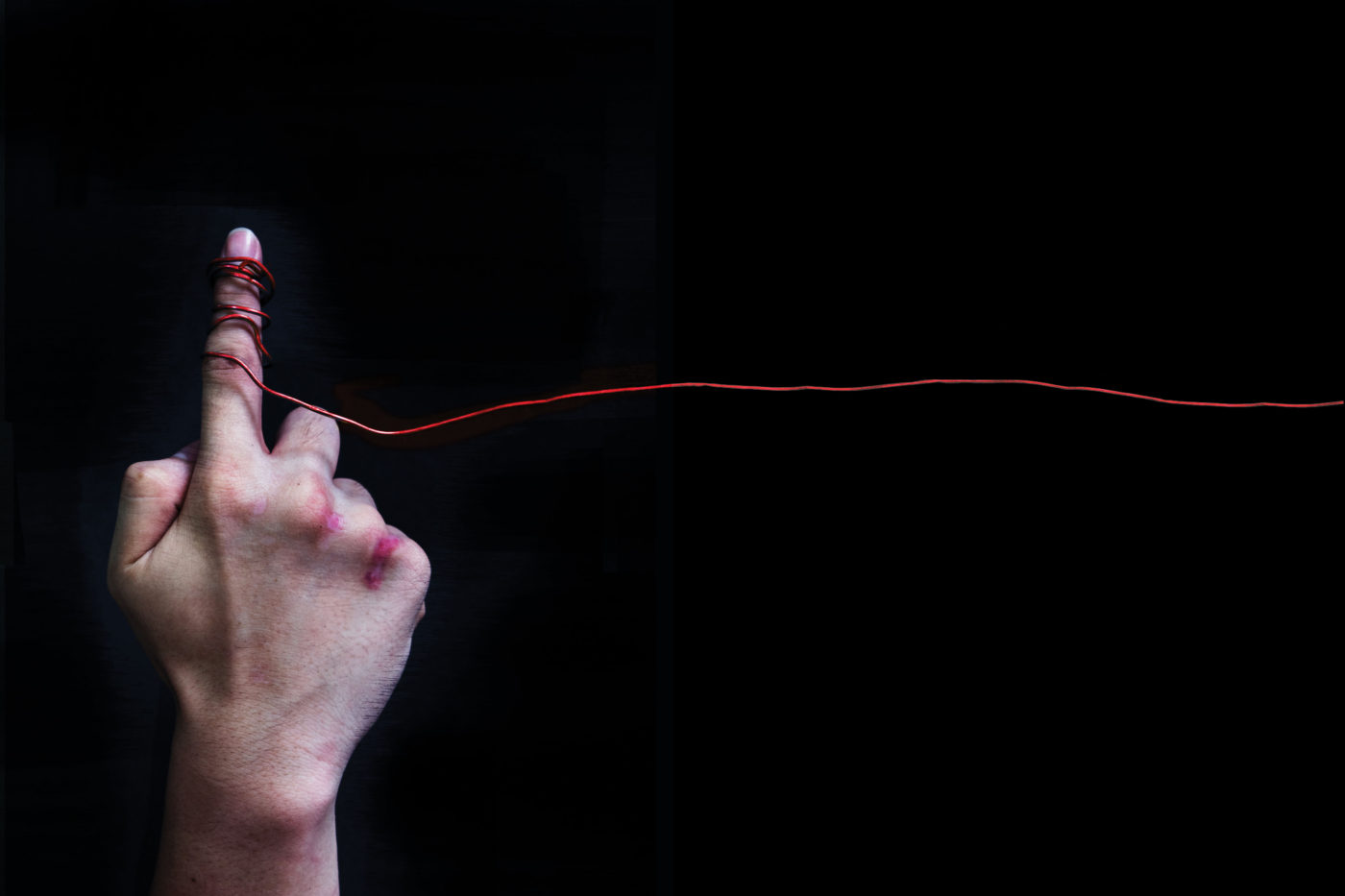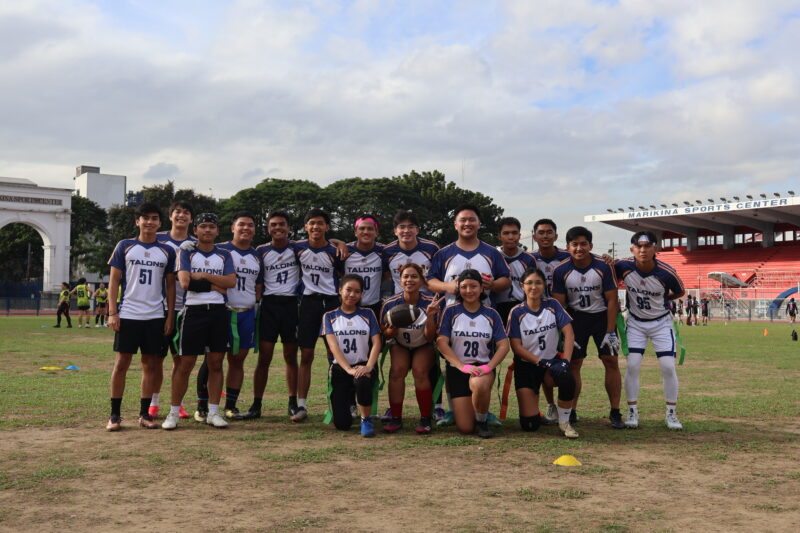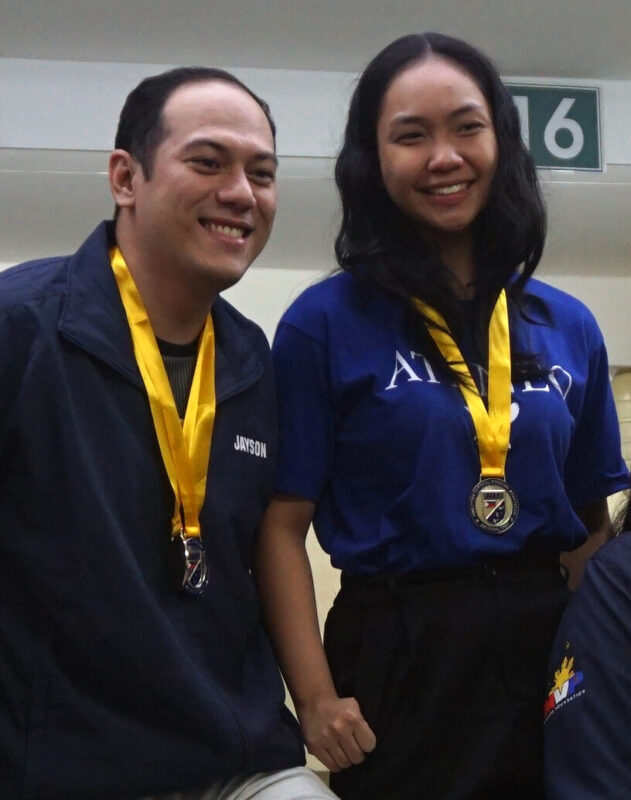When we begin to forget, memorializing the dead becomes the urgent task of the living.
International human rights organization Amnesty International gives these unrestrained estimates regarding the Philippines’ Martial Law years: 3,240 killed, 34,000 tortured, 70,000 imprisoned.
The dead remain dead and the disappeared remain disappeared. It is the living who tell their stories. But even those who survived to bear the damage caused by the erstwhile dictatorship remain unheard.
And with the late dictator Ferdinand Marcos’ impending interment at the Libingan ng mga Bayani, a burial place for soldiers, heroes, and former heads of state, these narratives are under threat of being erased.
The Bantayog ng mga Bayani complex in East Avenue, Quezon City has seen more peaceful days. In the recent months, however, it has been the site of civil demonstrations. Last July 29, human rights advocates from various groups launched the Duyan ng Magiting coalition, formalizing a collective effort to counter the planned burial.
It is during these times, according to Marie Jopson-Plopinio, Bantayog trustee and sister of slain youth leader Edgar Jopson, that the foundation actively partners with other human rights groups. They come together when there is a common cause, she said in an interview.
“Whatever is being done is political. Libingan [ng mga Bayani] is a monument, a hallowed place built by the state…there’s a purpose, [people buried there are meant] to be emulated,” said Plopinio. And former dictator Ferdinand Marcos is not to be emulated.
Bantayog “does not just to seek justice for the victims of Marcos’s martial law” but fights to prevent the repetition of the dreaded era, as well. Bantayog has stood since August 1986, right after the dictatorship fell. According to their website, the organization and the consequent monument exist “to honor those martyrs who sacrificed their lives for the cause of freedom and justice but failed to witness the dawn of freedom.”
“Wala kaming maipagmamalaking yaman except for the stories that we tell (We have no other wealth but the stories that we tell),” Plopinio said. The foundation maintains a library and museum that showcase narratives of the past regime. The museum takes the visitor through an overview of the era. There is a comprehensive timeline. There are models of detention cells, trinkets recovered from detainees. In an adjacent space are news clippings and even personal letters from victims to their loved ones.
These are all open to the public, and Plopinio especially hopes that the youth get to know the stories of Bantayog’s heroes. “Bantayog does not just exist to lick wounds, [it is here] for the future generations as well,” she said.
Plopinio also thinks there is a danger in too sentimental an approach to this era in history. “I would caution the young against too personal an approach to the issue…ang importante is we recognize [and hear] the stories and learn from them,” Plopinio said. There must be a healthy distance from the victims’ stories, which she believes cannot be fully grasped by those who did not bear the worst of the Marcos regime.
But for as long as there are threats to history, Plopinio and Bantayog’s efforts will persist, and it stands just as other organizations such as the Alliance for the Advancement of People’s Rights, the Campaign Against the Return of the Marcoses to Malacañang, and the Families and Friends of Involuntary Disappearances– that is, for continuous remembrance, for people to never forget.
Those who go alone
On another hand, there were those who had opted to advocate instead on their own.
Angel Lozari, who had been an advocate against Martial Law, joined a political organization upon reaching college. The organization was part of a larger group that had fought against Martial Law. “I became part of them because I believed in the cause they were fighting for,” he said. Growing up in a poor community, Lozari had heard stories of his neighbors losing their jobs and being unable to do anything about it due to the stricter conditions and laws that were set into place.
Despite being an advocate at the time, Lozari explained that there wasn’t much that could be done primarily because of the ban against anti-government activities. “My father worked as a staff for the labor union. They were being crushed left and right. They couldn’t fight back because anti-government activities were not allowed, lest they land in jail. Human rights advocates cannot fight for those in need because they too needed it. They were being jailed, tortured, killed and even they cannot defend themselves,” he shared.
Stories of activists who had died for their cause are not uncommon and do not go unheard. Names such as Archimedes Trajano, Lorena Barros, and Edgar Jopson, among many others, have circulated since Martial Law and have made a reappearance in more recent times.
The experiences of those who had suffered under Martial Law do not go unnoticed. Lozari himself remembers the damage it had done to somebody he had met who had also been a victim. “When he was eventually released, he was already praning (paranoid) and couldn’t walk a block without checking his back,” he said.
The fight continues
Advocates and activists face a grim reality. Talks of Marcos’ potential burial at the Libingan ng Mga Bayani has been the source of concern for those who had suffered under the Martial Law regime. Since President Rodrigo Duterte’s announcement of support for the late dictator’s burial, many have voiced out their opinion against it and began acting to fully get their points across.
A day before the Supreme Court’s oral arguments last August 31, an all-women’s group consisting of Martial Law victims gathered outside Malacañang to ask the president to change his mind on the burial.
On the day of the argument itself, both individual advocates and groups were spotted outside the Supreme Court to protest the burial. They were not the only ones present outside, however – present as well were those on the side of the loyalists. Meanwhile, inside the Supreme Court were those who had been asked to testify during the oral arguments. A number of them were not ready to recount their experiences; Felix Dalisay, who had been a member of Kabataang Makabayan in the 70s and was arrested and subjected to torture, broke down in tears.
Despite facing challenges, however, more and more individuals rise to show their support for these advocates’ cause.
Different youth leaders and representatives from varied universities gathered in front of the Oblation statue of the University of the Philippines Diliman to show their opposition against the burial. The gathering, called #BawatBato, had the attendees lay stones bearing the names of those who were victims of Martial Law below the Oblation statue. This was similar to the event which had taken place last June 26 in the Libingan ng mga Bayani itself.
Online, however, reception towards such advocates seems to be just as toxic as the reception shown in real life. This is especially true for those who continue to speak out, this time, against the ongoing war on drugs With the list of casualties reaching over 2,400 and growing steadily each day, opinions against the matter are more often than not met with backlash. On social media platforms such as Facebook and Twitter, it is now uncommon for an advocate to fully express their opinion without being verbally harassed, regardless whether or not their opinion was backed.
“They are also being threatened and bullied by the people they are actually protecting,” said Lozari. “They are treated as protectors of pushers and users when they are protectors of everyone.”




